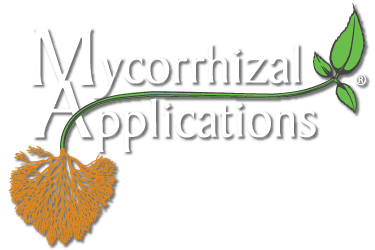I don’t have much hope for the remaining three seeds to germinate. I feel the soil may of been too compacted & a few too many pieces of stone that the seeds couldn’t move and breath well. Although I had drainage it was on the sides of the cup.
It is my fault the soil did not have a good loam consistency. I believe where I went wrong was by over saturating the soil to activate its amendments before I even planted the seeds. They may have drowned as the soil settled and compacted around them even more from watering. While pessimistic I haven’t given up on them totally and I will wait until the end of the week for 14 days to pass.
I will drop some more seeds so I have at least 8 seedlings that will still need to be sexed. Something we all need LOL.
First grow is a learning experience for sure.
Ps I saw my first new neighbor today in the garden, it’s name is Boris the spider. Next weekend I am picking up Frank the red wiggler.










Comment